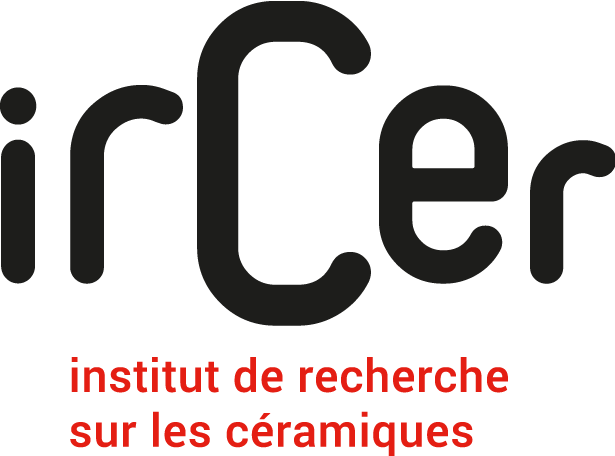Production of metallic titanium by electrowning in molten salts of titanium oxycarbide anode
Résumé
The main industrial route for titanium extraction is the Kroll process. Due to its energy consumption, low efficiency, complexity and its high production costs involved at all processing steps. The need for cheaper and more compact processes has encouraged many researches and trials to develop alternative routes. The new methods, categorized into two groups: thermochemical and electrochemical, have been proposed to reduce the number of steps of the Kroll process, to obtain a product of high purity cheap and thus widen its applications. Several electrochemical processes have been developed so far: GTT (Ginatta Titanium Turin), FFC Cambridge (Fray, Farthing et Chen) and MER-process (or the similar Chinuka process and USTB process). The aim of this work is to study the Chinuka Process. A titanium oxycarbide is used as the consumable anode. The ceramic TiC0,5O0,5 is obtained by carbothermic reduction of titanium dioxide at high temperature and sintered by SPS. Titanium oxycarbide is electrically conductive. During the electrolysis, the titanium present in TiC0,5O0,5 is dissolved as titanium ion which electrodeposited in the cathode, while C and O forms CO without any C or O left in anode. The main issues for successful development of an electrochemical route for titanium production are associated with the existence of several titanium oxidation states (VI, III and II) in solution which involve multistep processes and lead to disproportionation reactions and low current efficiency. , In this study, the salt has been investigated to avoid the formation of Ti2+ and stabilize Ti3+. To understand the mechanism of titanium reduction in the studied molten salt, the first electrowning attempts were carried out using titanium plate anode. The experimental faradic efficiency is around 85% and the XRD analyzes show the presence of metallic titanium. Keywords : Chinuka process, electrowning, titanium oxycarbide.
| Origine | Fichiers produits par l'(les) auteur(s) |
|---|


